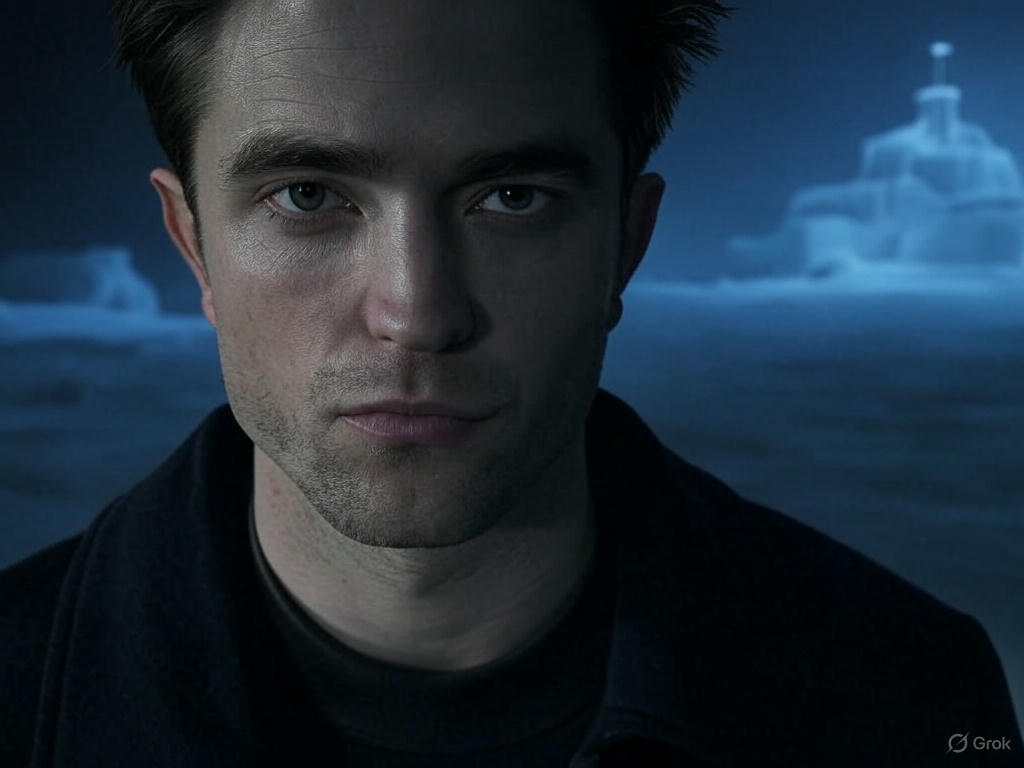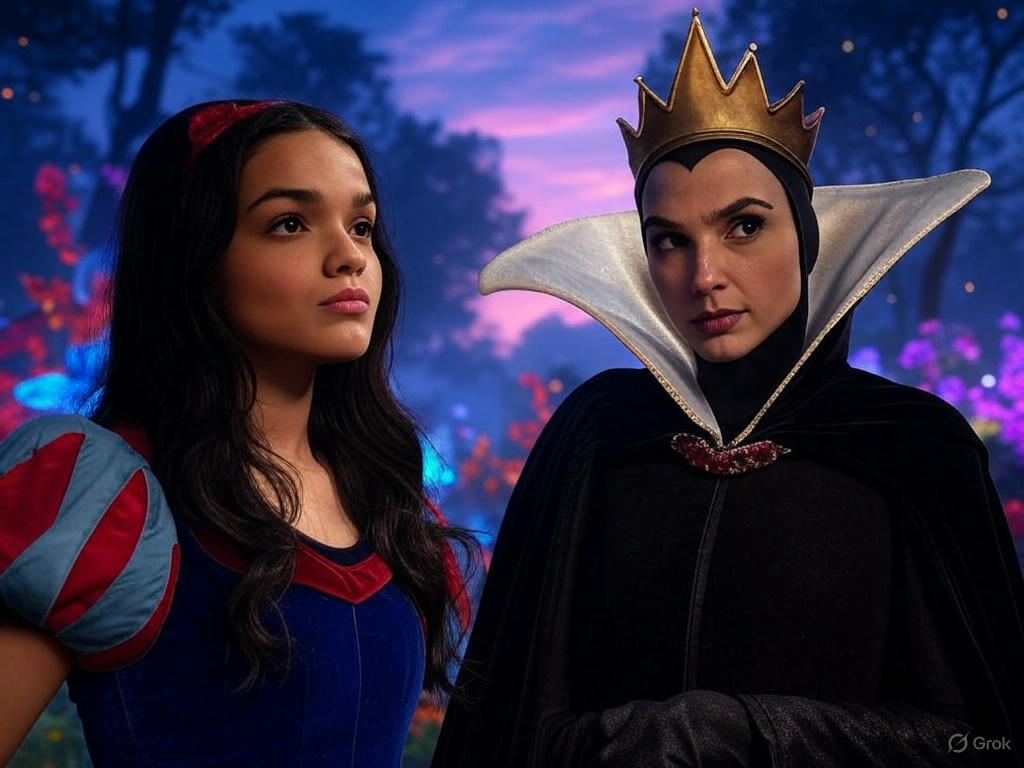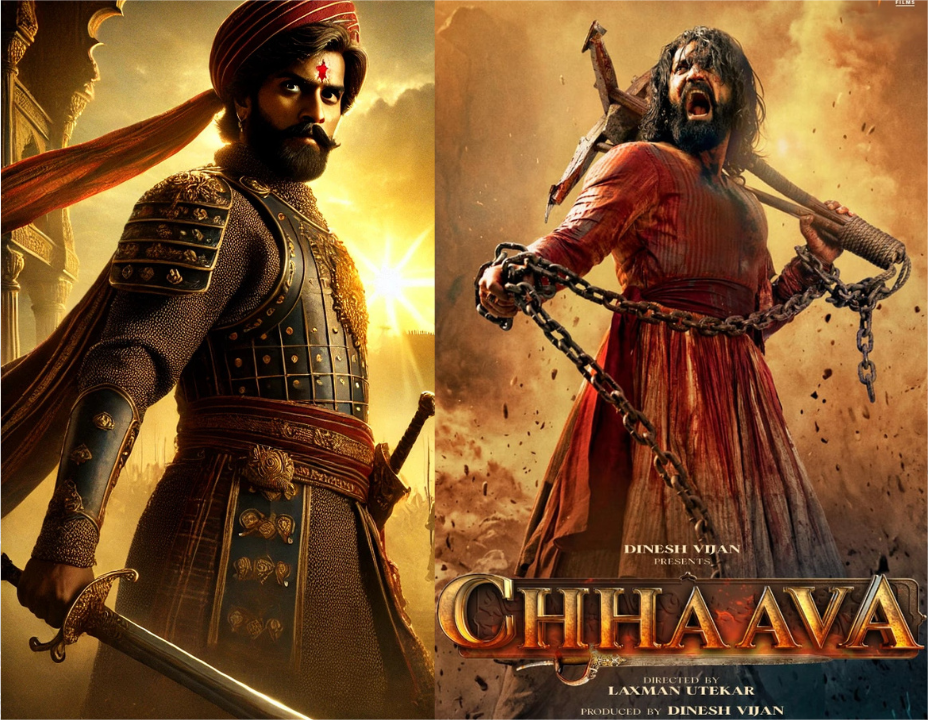
Bong Joon Ho’s Mickey 17, released on March 7, 2025, is the kind of film that dares you to keep up with its chaotic brilliance while simultaneously testing your patience. After the Oscar-winning triumph of Parasite, expectations for Bong’s next project were sky-high, and Mickey 17—a sci-fi satire starring Robert Pattinson in dual roles—promised a return to the director’s genre-bending roots. Adapted from Edward Ashton’s 2022 novel Mickey7, this $118 million Warner Bros. spectacle follows Mickey Barnes, an “expendable” worker who dies and regenerates repeatedly to colonize the icy planet Niflheim. With a cast including Naomi Ackie, Mark Ruffalo, Toni Collette, and Steven Yeun, it’s a bold swing that blends dark comedy, social critique, and surreal visuals. But does it soar like Snowpiercer or stumble like a misprinted clone? As of March 23, 2025, with its modest $110 million box office haul and a 77% Rotten Tomatoes score, Mickey 17 is a fascinating mess—uneven, overstuffed, and yet undeniably Bong.
Let’s start with Robert Pattinson, who plays both Mickey 17 and Mickey 18 with a twitchy, offbeat charm that’s become his signature. As Mickey 17, he’s a hapless everyman—sweet, bumbling, and resigned to his gruesome fate. His job? Die over and over, testing Niflheim’s hostile conditions so the colony’s elite don’t have to. Pattinson’s physical comedy shines in scenes like his first reprinting, where he flops onto the lab floor like a wet rag, or when he narrates his past deaths—radiation burns, alien swarms—with a deadpan shrug. Then there’s Mickey 18, a darker, brasher clone birthed by a glitch, sporting a grittier accent and a rebellious streak. Pattinson juggles these personas effortlessly, making their rivalry-turned-brotherhood the film’s emotional core. It’s a performance that proves he’s more than a brooding heartthrob—he’s a chameleon who thrives in Bong Joon Ho’s weird sandbox.
Bong Joon Ho, the South Korean maestro behind Parasite and The Host, is no stranger to blending satire with spectacle, and Mickey 17 is drenched in his trademarks. Set in 2054, the story skewers capitalism’s dehumanizing grind—here, Mickey’s a literal cog, disposable and reprinted like a 3D-printed burger. The Niflheim colony, led by the pompous Kenneth Marshall (Mark Ruffalo) and his icy wife Ylfa (Toni Collette), is a dystopian microcosm of class warfare. Ruffalo’s Marshall, with his slick hair and Trumpian bluster, is a caricature of authoritarian excess, preaching “genetic purity” while gorging on steak as his workers eat slop. Collette’s Ylfa, obsessed with perfecting sauces, is his cartoonish foil. They’re over-the-top villains straight out of Snowpiercer’s playbook, and while their hamminess is fun, it borders on shrill—a critique echoed by some fans who find Mickey 17’s satire too blunt.
Visually, Mickey 17 is a stunner. Cinematographer Darius Khondji paints Niflheim’s ice caves in crystalline blues, while the colony’s sterile ship feels like a Fritz Lang fever dream. Production designer Fiona Crombie crafts a world that’s both futuristic and grimy—think Blade Runner meets a meat locker. The “creepers,” Niflheim’s native critters designed by Bong and Jang Hee-chul, are Lovecraftian pill bugs that range from creepy-cute to mammoth-sized terrors. A montage of Mickey’s deaths—skewered, irradiated, swarmed—is darkly hilarious, with practical effects and CGI blending seamlessly. Yet, the digital dwarves of Snow White this ain’t—the tech here serves the story, not the other way around. Still, some scenes, like a chaotic third-act battle with the creepers, feel rushed and cluttered, as if Bong Joon Ho lost the thread in post-production.
The script, penned by Bong with additional material from Charles Yu, is where Mickey 17 wobbles most. At 137 minutes, it’s bloated—spending too long on exposition about Mickey’s pre-Niflheim life (macaron hustler gone bust) and not enough on the existential meat of its premise. What does it mean to die endlessly yet live on? The film flirts with this—especially when Mickey 17 meets 18, sparking identity clashes—but never digs deep. Instead, it leans on broad gags and political jabs. A subplot with Naomi Ackie’s Nasha, Mickey’s security-officer girlfriend, adds heart—she loves every version of him, hazmat-suited hugs and all—but it’s underdeveloped. Steven Yeun’s Timo, Mickey’s backstabbing pal, is a cipher who vanishes mid-story. The pacing lags, especially in a final act that lurches from slapstick to sermonizing, leaving you wishing for Parasite’s taut precision.
Musically, Jung Jaeil’s score is a mixed bag. It weaves eerie synths with playful cues, echoing Okja’s whimsy, but lacks a standout theme to anchor the madness. The sound design, though, is aces—every squishy reprinting or creeper skitter lands with visceral punch. It’s the kind of audio that makes you squirm and laugh in equal measure, a Bong Joon Ho specialty.
So why the mixed reception? Mickey 17’s 7.1/10 Rotten Tomatoes average and 72/100 Metacritic score hint at its polarizing pull. Fans laud its audacity—Pattinson’s dueling Mickeys, the anti-capitalist bite, the sheer oddity of a pigeon-costumed toady (Tim Key)—but detractors call it Bong’s weakest English-language outing. The delays from its original March 2024 slot fueled rumors of studio meddling, though Bong insists he kept final cut. Some see it as a timely Trump-era jab (Marshall’s a dictator in exile), others as dated satire post-2024 election. Its $19 million opening weekend—solid for original sci-fi like Ad Astra—suggests it’s found an audience, but not a blockbuster one. At $110 million worldwide, it’s teetering on profitability, a far cry from Parasite’s $258 million haul.
For me, Mickey 17 is a rollercoaster—thrilling when it leans into its absurdity, frustrating when it overreaches. The first half, with its gory gags and Pattinson’s dopey despair, is peak Bong Joon Ho. A scene where Mickey 17 survives a creeper pit only to find 18 waiting back at base is a gut-punch twist. But the back half drags, piling on subplots (animal rights, anyone?) that dilute the focus. It’s not Parasite’s scalpel-sharp allegory or Snowpiercer’s propulsive fury—it’s more Okja, a messy love letter to misfits with a sledgehammer message. The ending, hinting at hope amid the ice, feels earned but rushed, like Bong ran out of runtime to tie his knots.
Is Mickey 17 worth your time? Absolutely—if you’re a Bong Joon Ho stan or a sci-fi nut who digs dark laughs. Pattinson’s a riot, the visuals pop, and the Niflheim nightmare sticks with you. But it’s no masterpiece. It’s a big, bold, bonkers swing that doesn’t always connect, a clone of Bong’s best instincts with a few glitches. I’d give it 3.5/5 stars—a wild ride that’s half genius, half hot mess. See it on the biggest screen you can, and decide if two Mickeys are better than one.




AkBRxBGt DFQf eCbtnLo eGTOq